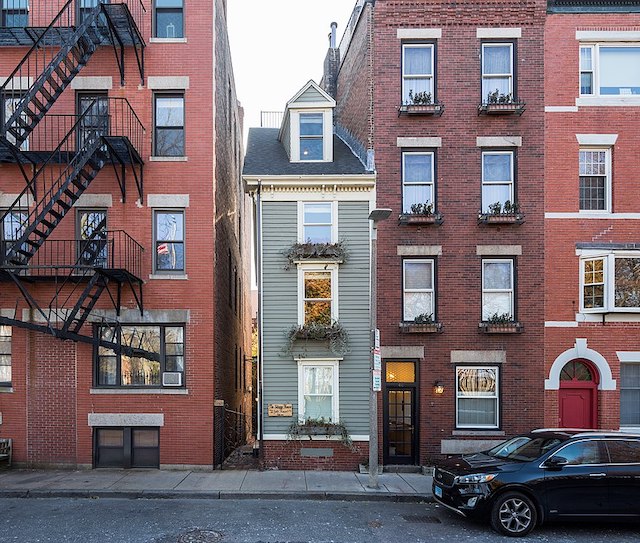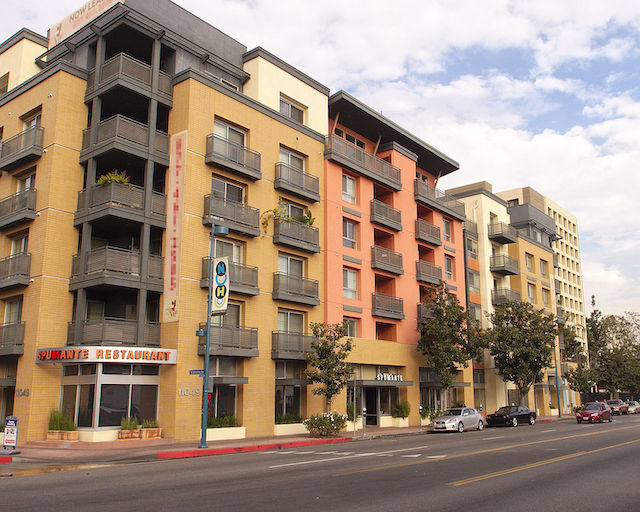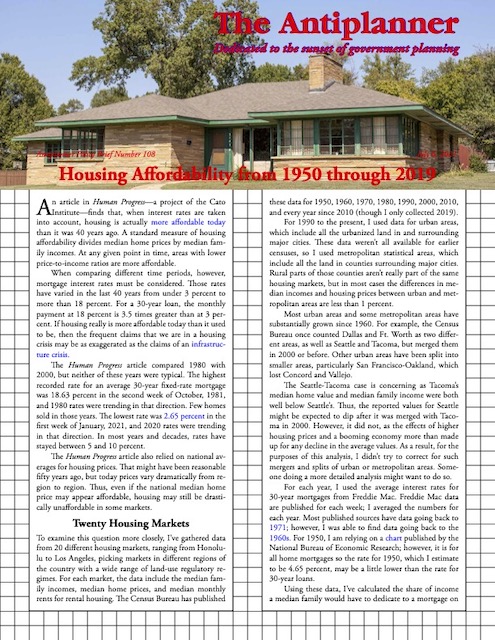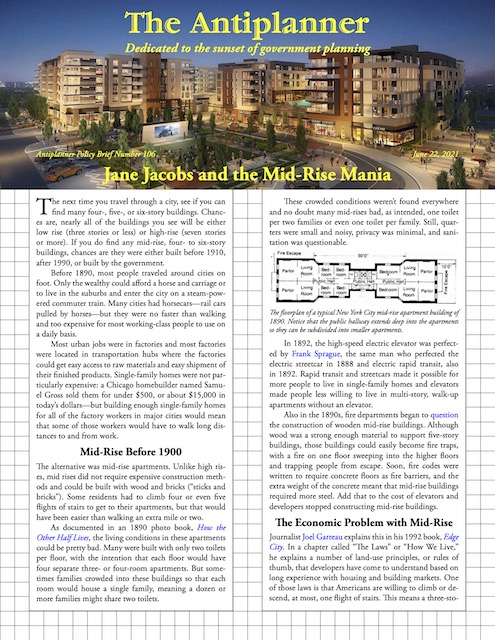In Boston, a ten-foot-wide “skinny house” went on the market two weeks ago for $1.2 million, a 33 percent gain over the last time it sold four years ago. That’s more than $1,000 a square foot for what the realtor says is a 1,165-square-foot home (though Zillow says it is only 800 square feet). The house sold in one weekend for an undisclosed amount.
Sold for at least $1.2 million. Photo by Rhododendrites.
Bidding wars in San Francisco suburbs are setting records for premium prices above the asking price. Nearly 7.5 percent of homes are sold for more than 30 percent of the list price. Continue reading















